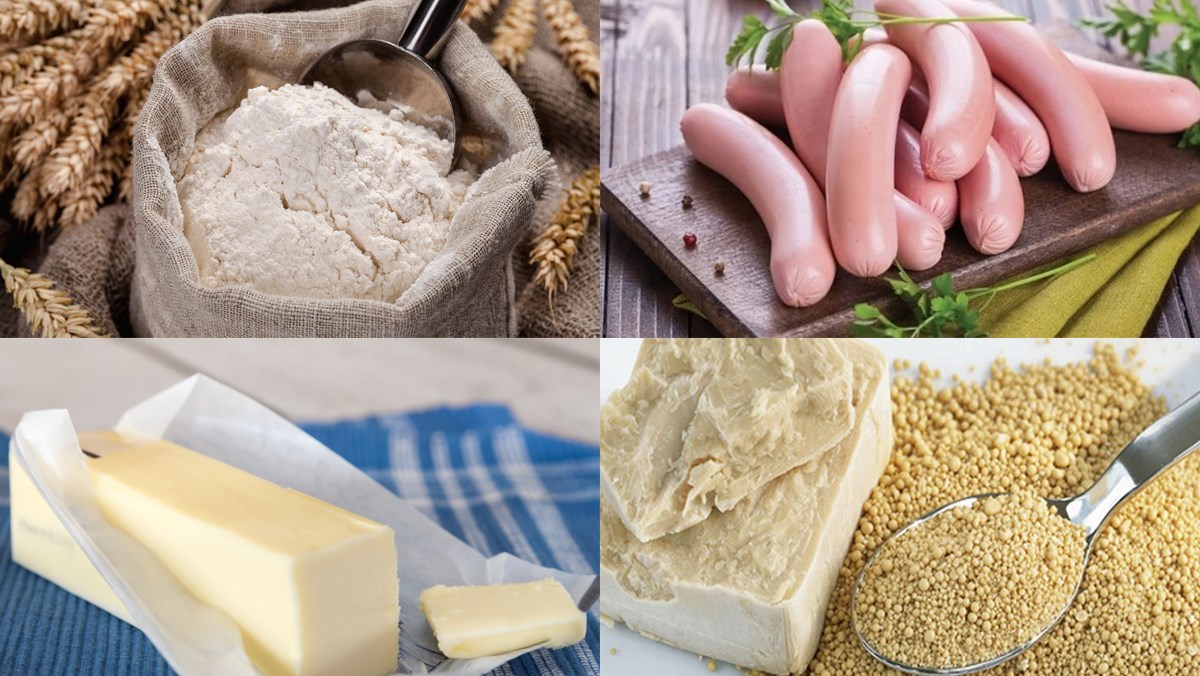Sausage roll bread is an extremely ideal and nutritious dish for your family every morning. The soft, chewy bread, fragrant and fatty, combined with the savory sausage will surely make everyone fall in love. Let’s cook with TasteVN to see the following 2 recipes right now!
1. Sausage roll bread

-
Preparation
2 hours
-
Cooking
15 minutes
-
Difficulty
Medium
Ingredients for Sausage roll bread For 24 pieces
Flour 500 gr (Type 11 flour) White sugar 5 tablespoons Salt 1 teaspoon Yeast 8 gr (Instant yeast) Unsweetened fresh milk 280 ml Chicken egg 1 piece Unsalted butter 90 gr Sausages 24 pieces
How to make Sausage Roll Bread
-
Mixing the dough
Put 500g of flour, 5 tablespoons of sugar, 1 teaspoon of salt, and 8g of yeast into a bowl, then mix well.
Next, add 280ml of unsweetened fresh milk and 1 egg, use a whisk to mix until the ingredients are combined and the dough forms a mass.
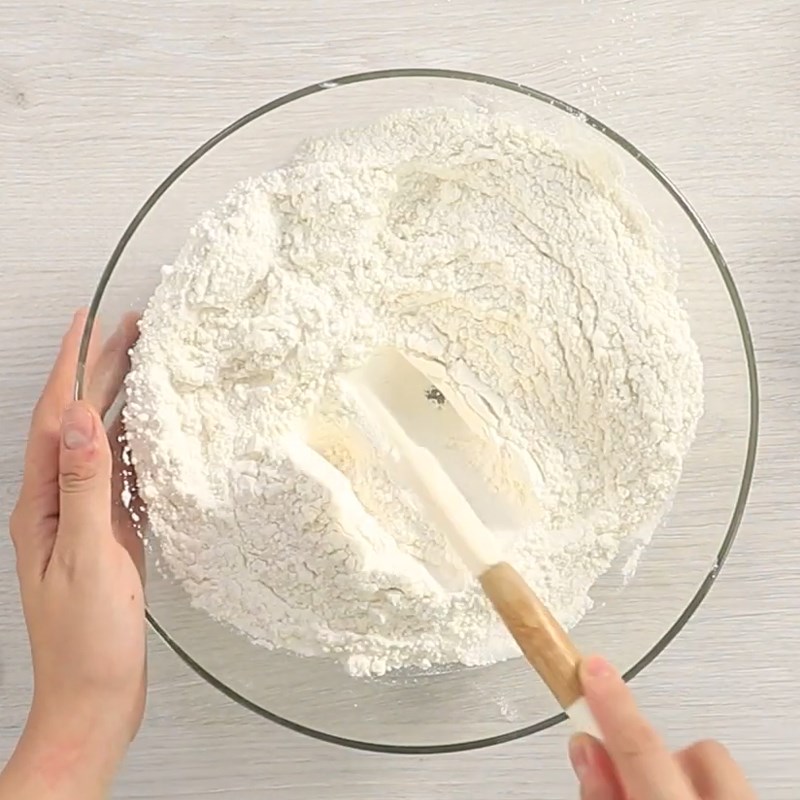
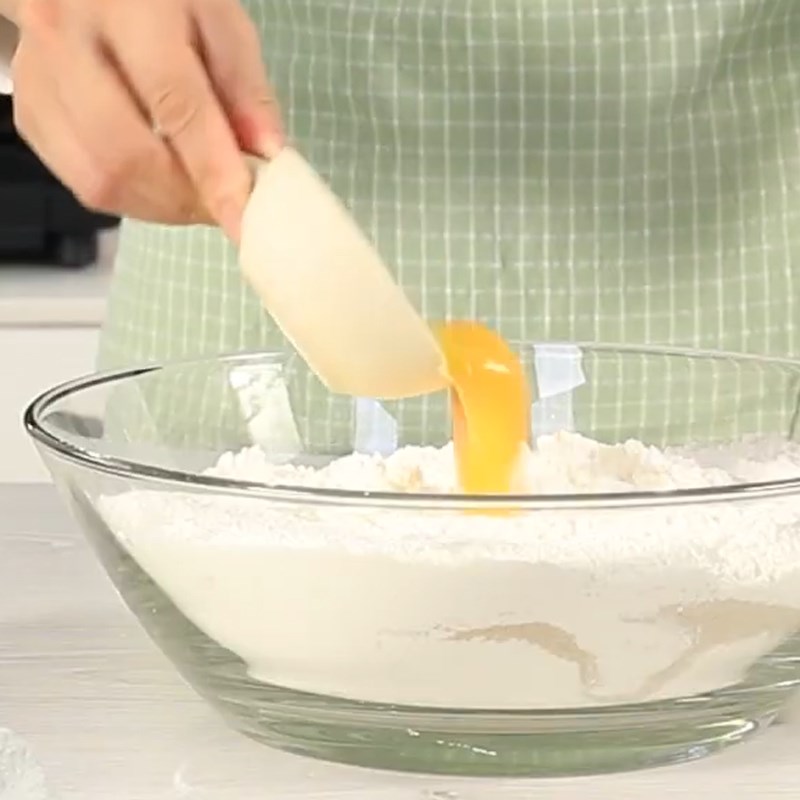
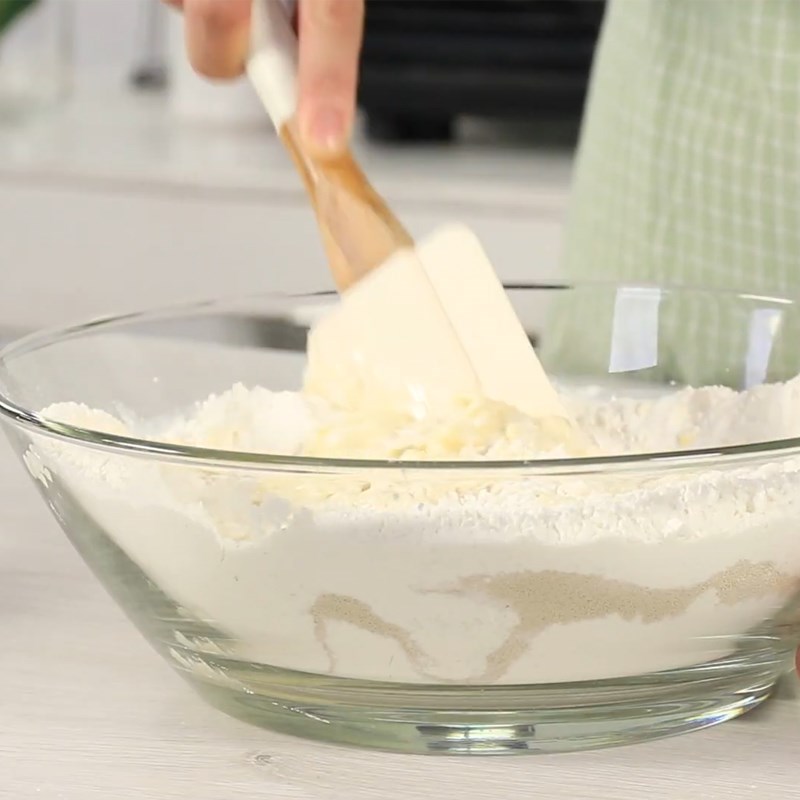
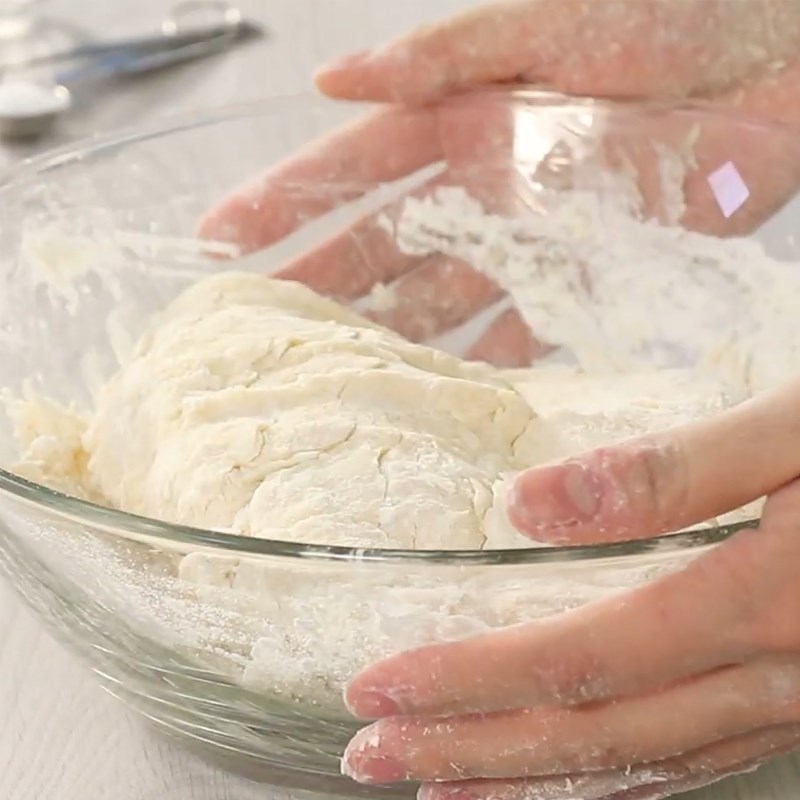
-
Kneading the dough
First, spread 45g of unsalted butter over the surface of the dough, fold the dough, then use the palm of your hand to press and stretch the dough away. Note that you should press and stretch the dough away, not press down.
Next, rotate the dough mass 90 degrees and repeat the two steps above with the remaining 45g of unsalted butter for about 15 – 20 minutes.
When the dough becomes a smooth, elastic mass that doesn’t stick to your hands, stretches into a thin membrane without tearing, and bounces back when you press your finger into it, it is done.
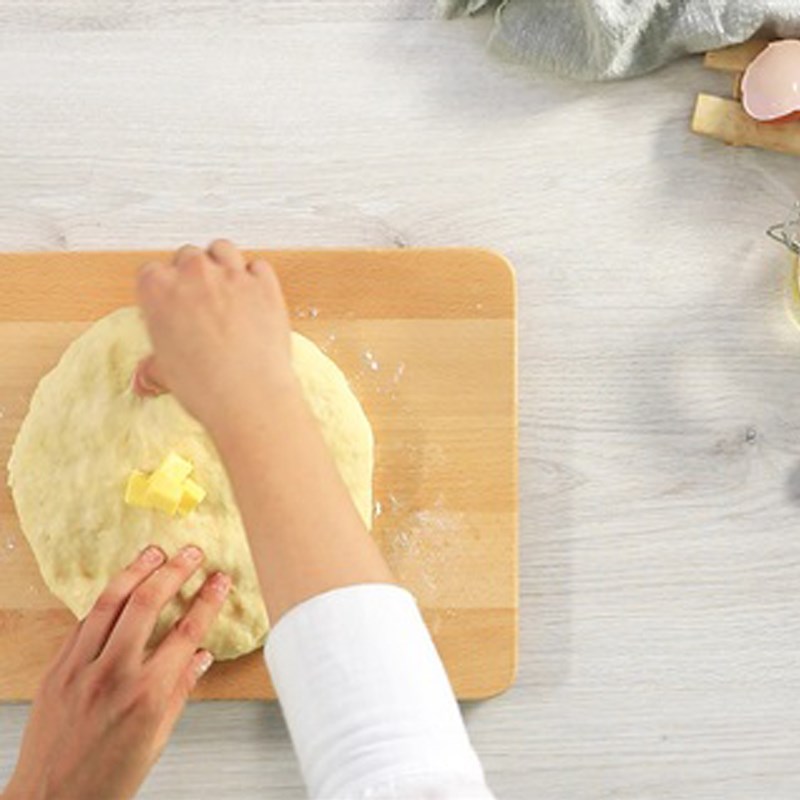
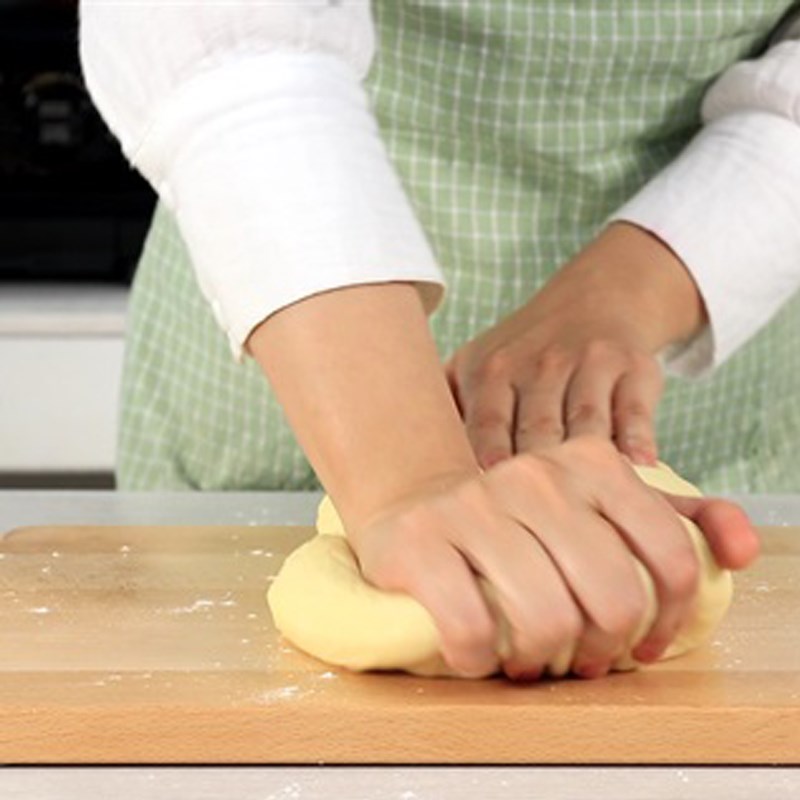
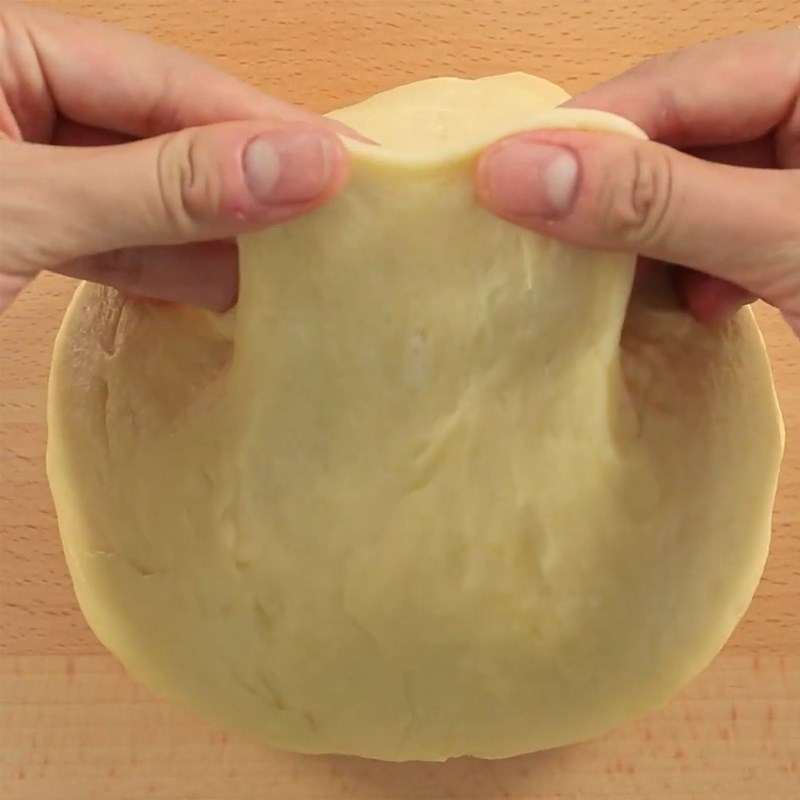
-
Proofing the dough
You brush a thin layer of cooking oil on the bottom and sides of a large bowl. Add the dough and flip it around until the dough absorbs the oil evenly.
Use a damp cloth or plastic wrap to tightly cover and proof the dough at room temperature (25 – 32 degrees Celsius) until it doubles in size, taking about 60 minutes.
Note:
- There is no fixed proofing time as the dough rises quickly and depends on the proofing temperature.
- You can check by pressing two fingers deep into the dough about 1 – 2 cm. If the indentation remains, the dough has proofed enough; if it springs back, it needs more proofing.

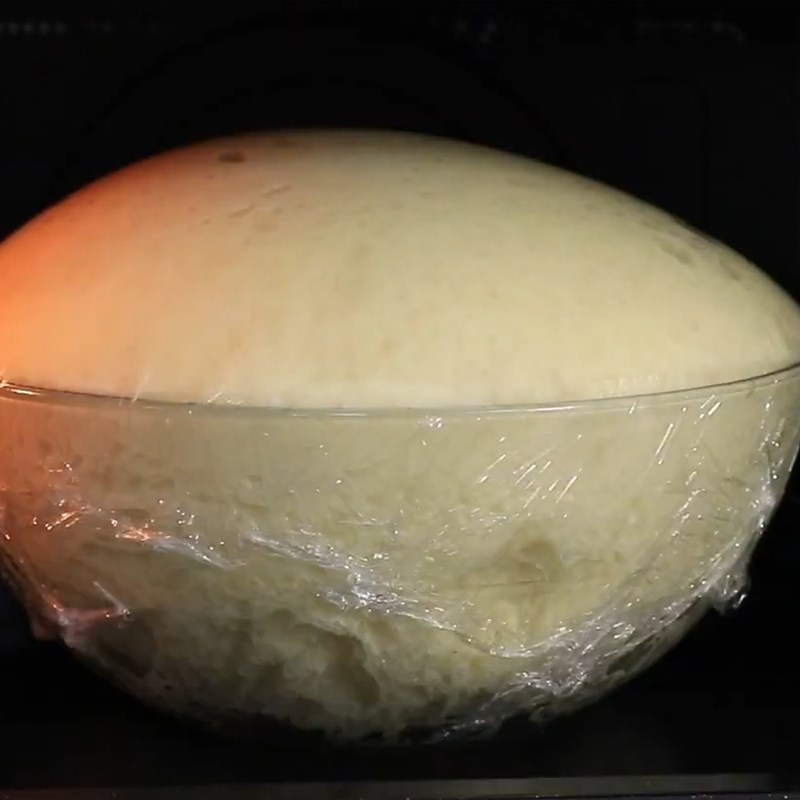

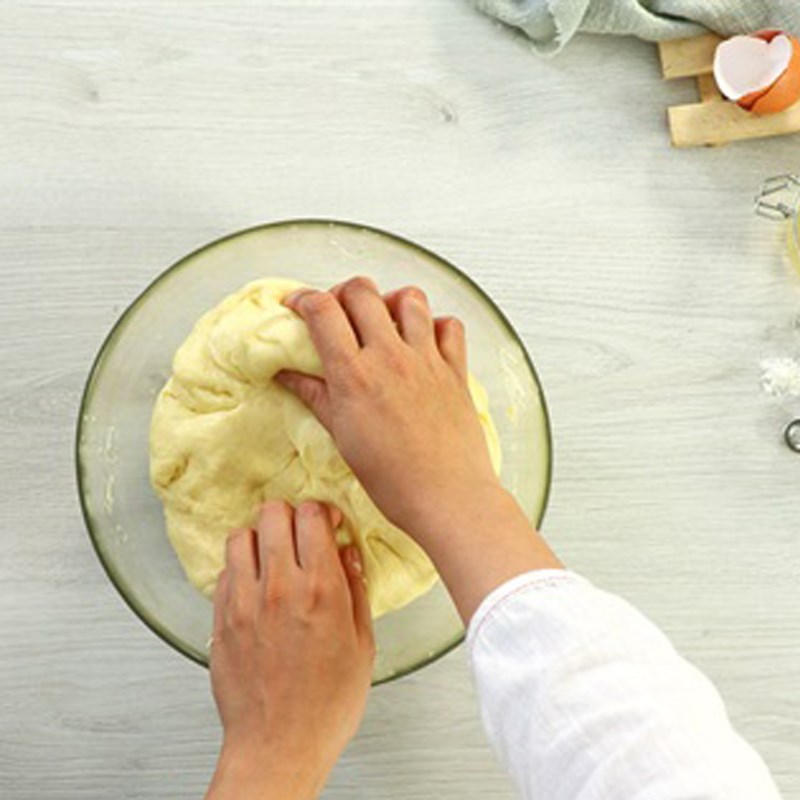
-
Dividing the dough and rolling the bread
Divide the dough into 24 pieces, each weighing 40g, and let the dough rest for 20 minutes.
Use your hands to flatten each piece of dough into a long strip, then place the sausage inside and roll the dough around it.
Cover the dough tightly with a cloth or plastic wrap, and proof it in a warm and humid place until it doubles in size.
Note:
- You can proof in the oven by preheating it to 50 degrees Celsius for 3 minutes and then turning it off. Place a cup of boiling water in the oven to maintain moisture so the surface of the bread does not dry out.
- The proofing temperature should be around 33 – 38 degrees Celsius, not hotter, as it will slow down the yeast activity or kill the yeast.
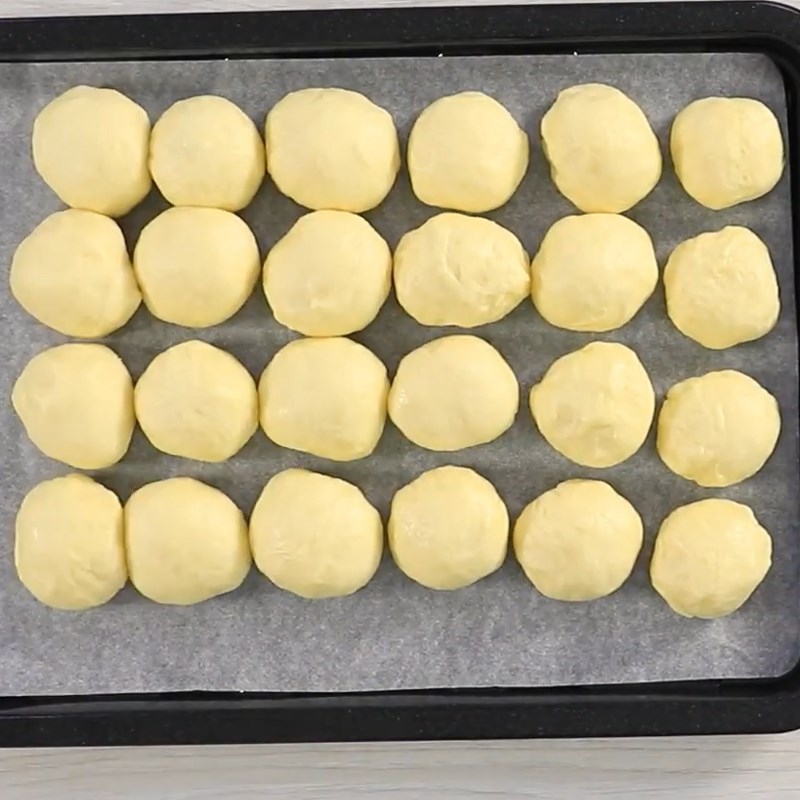

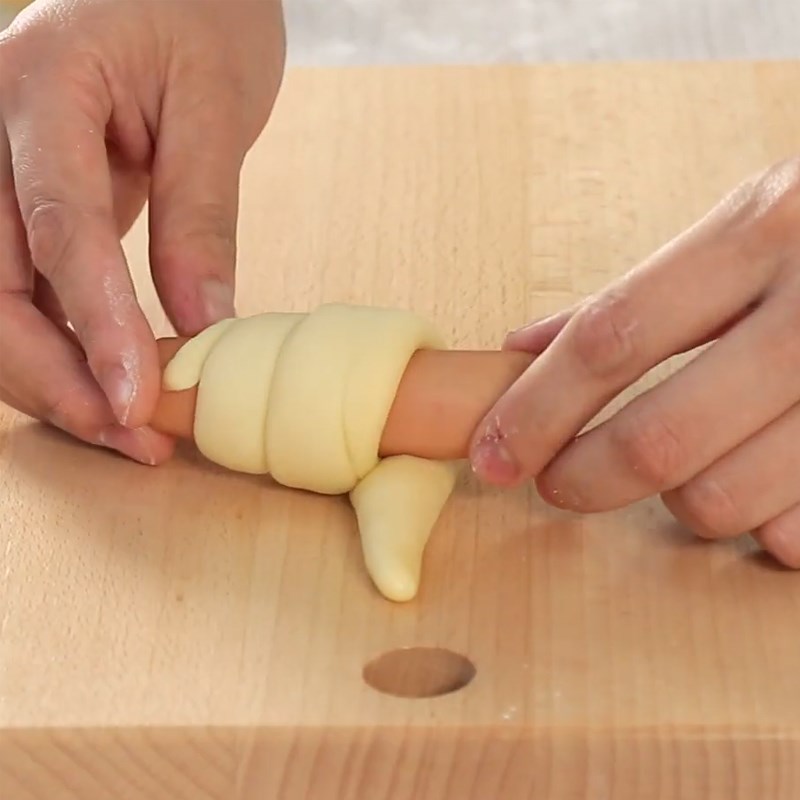

-
Baking the bread
Preheat the oven to 180 degrees Celsius for 10 minutes to stabilize the oven temperature.
Brush a thin layer of egg on the bread, then place it in the oven at 180 degrees Celsius for 15 minutes.

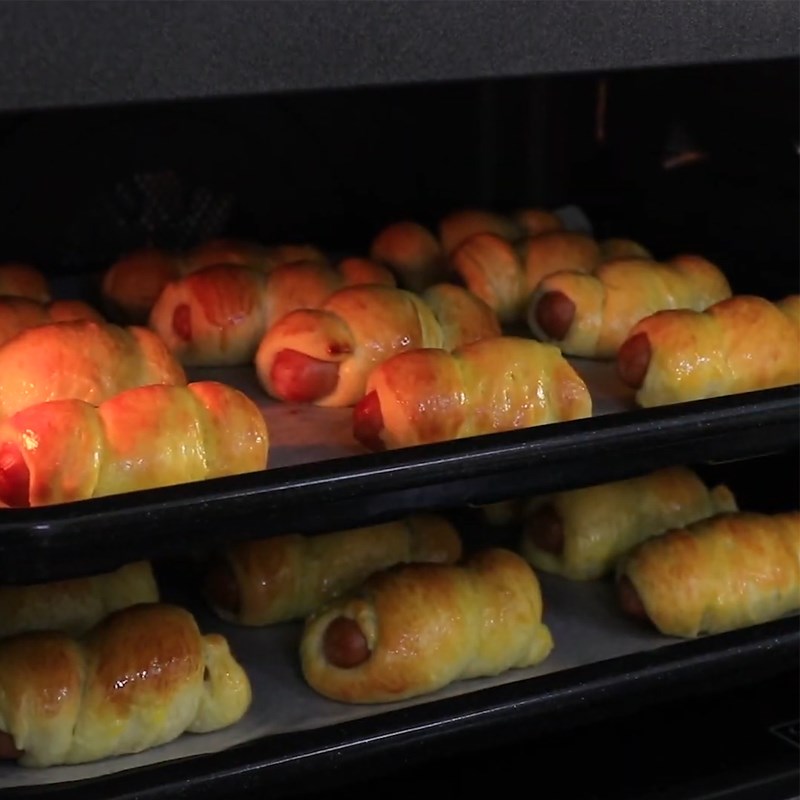
-
Final product
The Sausage Bread has a fragrant smell of butter, with a slight sweet and fatty taste combined with the nutty flavor of the sausage. This will be an ideal and nutritious dish for your and your family’s breakfast!
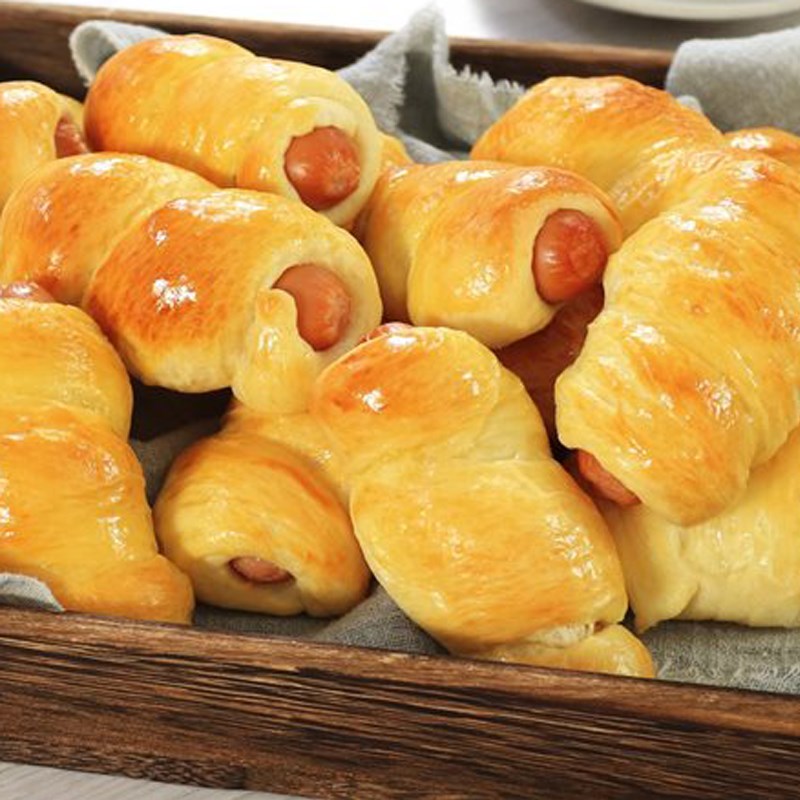
2. Mini Sausage Bread

-
Preparation
1 hour 30 minutes
-
Processing
15 minutes
-
Difficulty
Medium
Ingredients for Mini Sausage Rolls Serves 4
All-purpose flour 500 gr (Flour No. 11) Unsalted butter 90 gr Instant yeast 8 gr Sausages 24 pieces Chicken egg 1 piece Unsweetened milk 280 ml Black sesame a little Sugar 5 tablespoons Salt 1 teaspoon
How to Make Mini Sausage Rolls
-
Activate the Yeast
First, add 280ml of unsweetened milk and 8gr of instant yeast into a bowl and stir well. Then, let the mixture sit for about 10 – 15 minutes until the yeast expands into a mass like crab bricks.
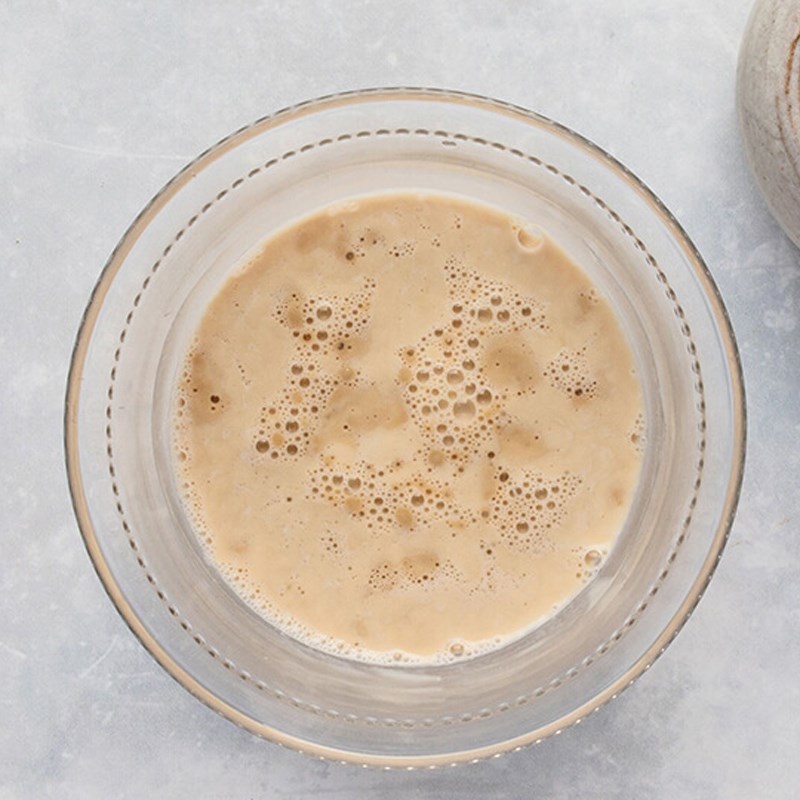
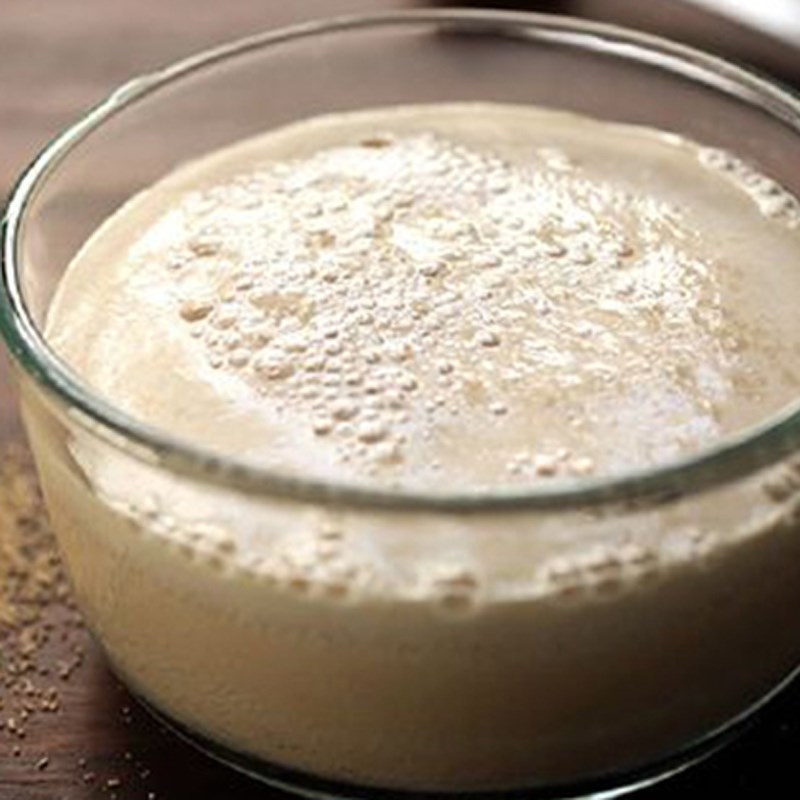
-
Dough Kneading
Next, sift 500g of flour into the bowl of activated yeast. Then, add 5 tablespoons of sugar, 1 teaspoon of salt, and 1 chicken egg, and mix well until the ingredients stick together.
Next, use your hands to knead the dough using the Folding and Stretching technique.
First, fold the dough, then use the palm of your hand to press and stretch the dough away from you. Note to press and stretch the dough away, not downwards. Next, rotate the dough 90 degrees and repeat the two steps for 15 minutes.
When the dough is smooth, add 90g of unsalted butter on top of the dough, then continue kneading until the dough forms a ball and no longer sticks to your hands.
How to recognize the dough is ready:
- The dough is soft and smooth, with good elasticity.
- The dough does not stick to the hands: When pressed, it feels slightly sticky, but when you lift your finger, the dough does not stick.
- You can stretch the dough into a thin sheet without tearing.
- Check the dough with the Windowpane method: Tear off a piece of dough and stretch it out. If the dough forms a thin membrane that isn’t easily torn and light can pass through, it’s ready.
Finally, place the dough in a bowl, cover tightly with plastic wrap, and let it rise for 60 minutes at room temperature.
How to recognize well-proofed dough: You press deep into the dough; if the dough retains the indentation, it means it has proofed well.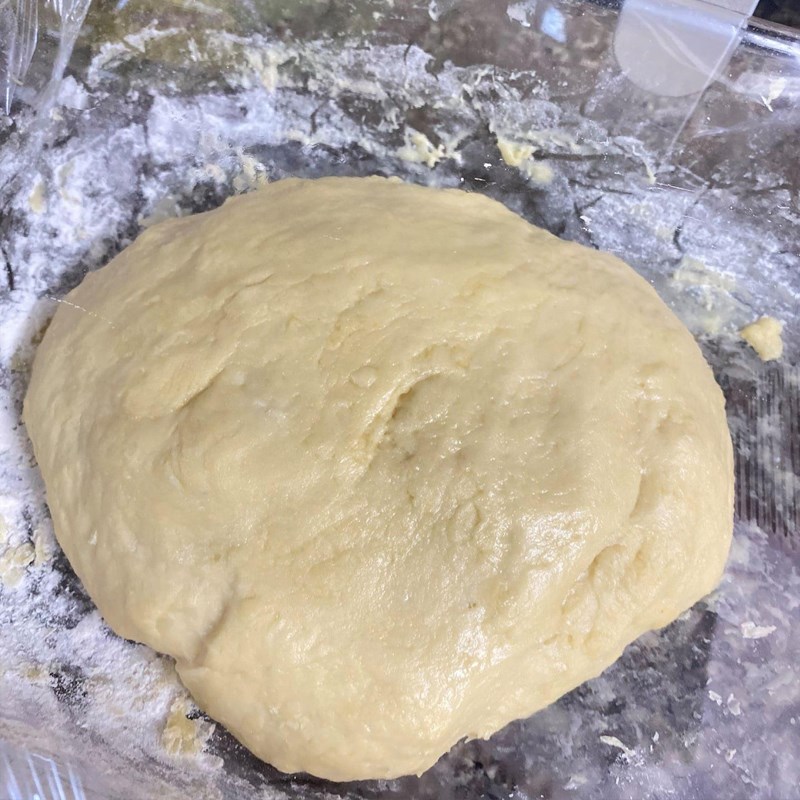
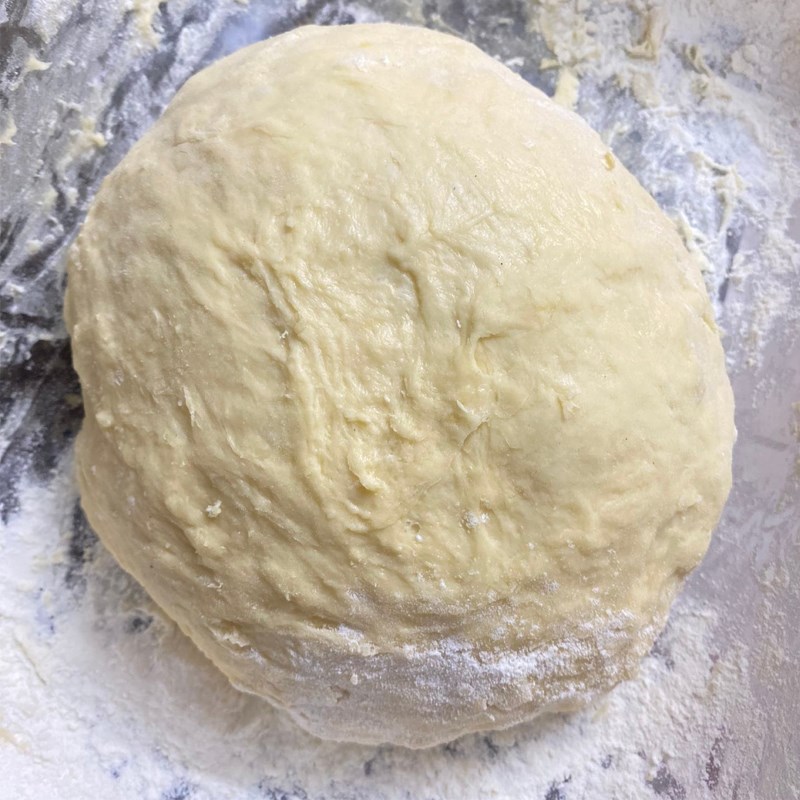
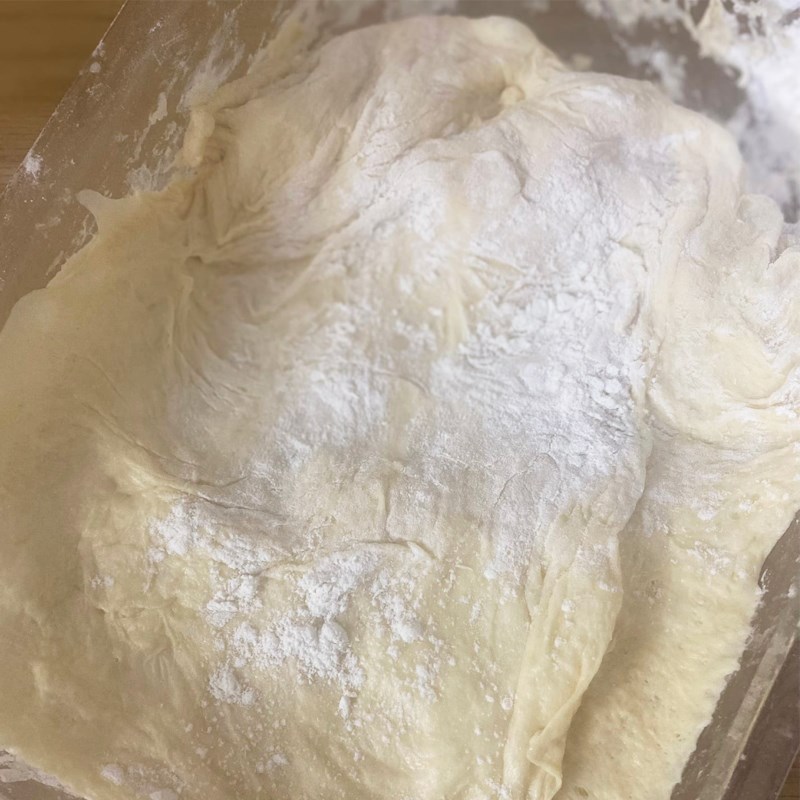
-
Forming the dough
Divide the dough into several equal parts, with 1 part of dough equivalent to about 2 finger lengths. Then, roll each part of the dough into a long strip and flatten it.
Cut the sausages into bite-sized pieces. Next, place the sausages on the flattened dough and roll it up.
Prepare a baking tray that has been greased with a layer of non-stick butter. Then, arrange the shaped dough on the tray.
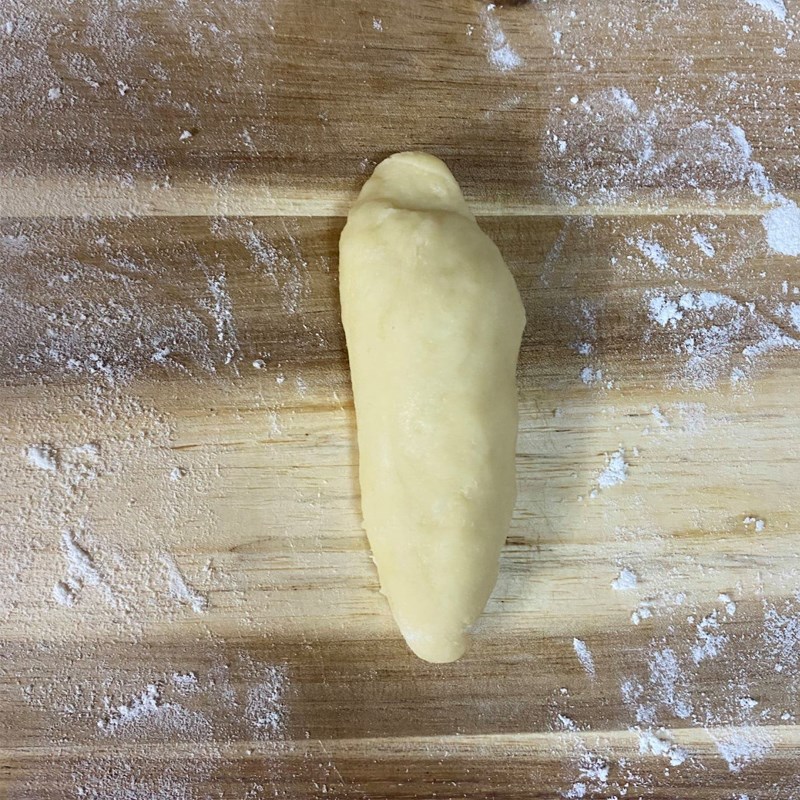
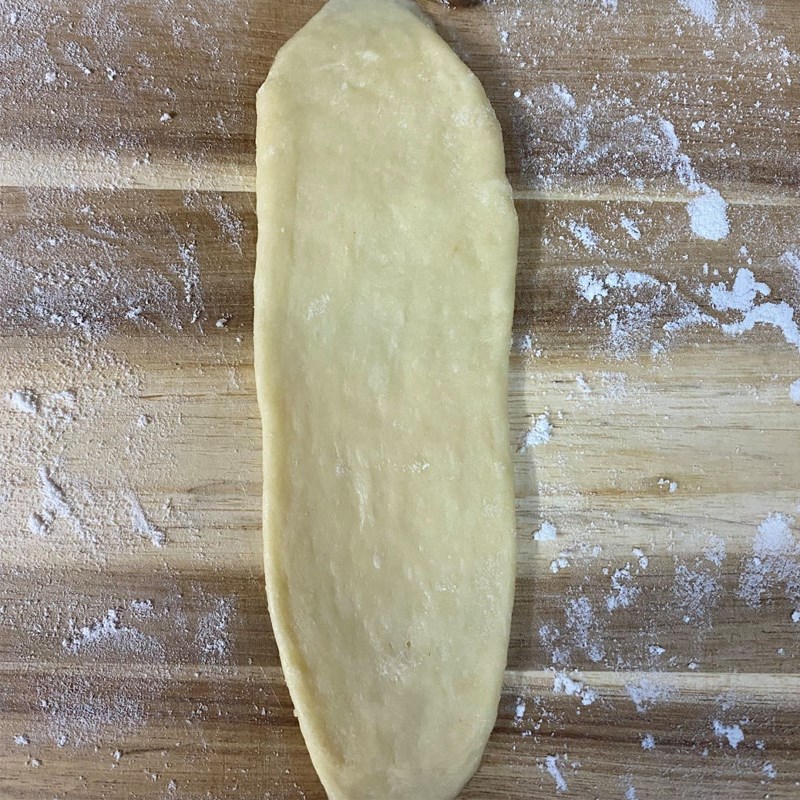
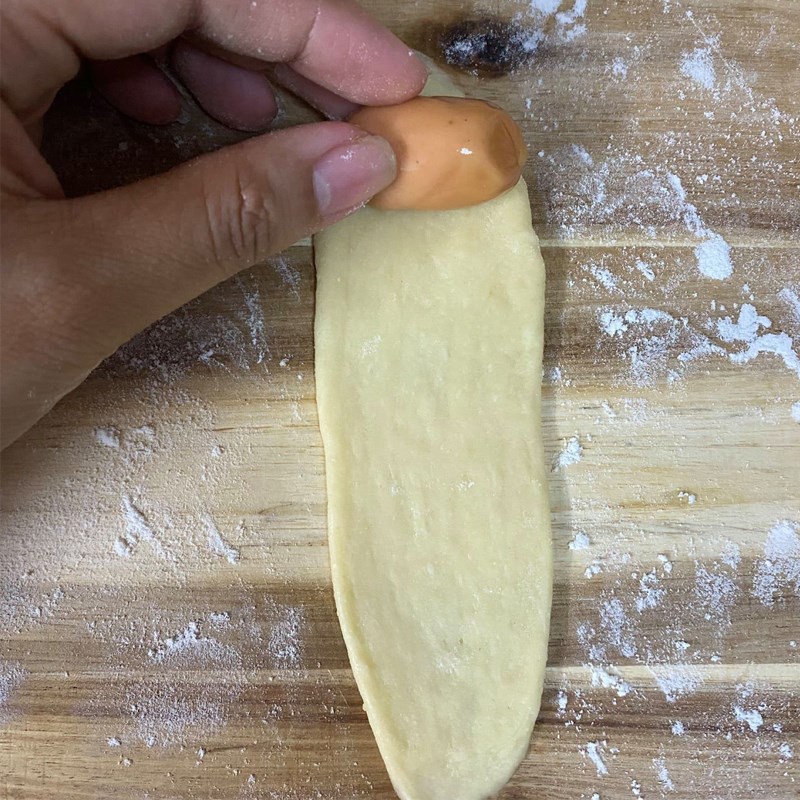
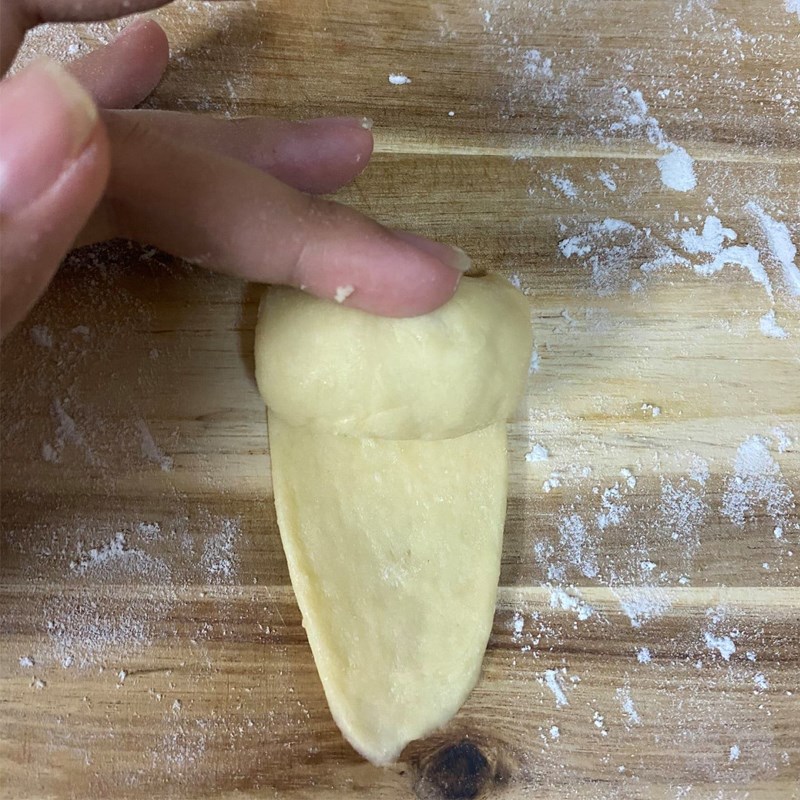
-
Baking the dough
Preheat the oven to 180 degrees Celsius for 15 minutes.
Beat the egg yolks and brush a thin layer over the surface of the shaped dough, then sprinkle with a little black sesame.
Finally, bake the dough at 180 degrees Celsius for 10 minutes. After 10 minutes, take the dough out, brush another thin layer of egg on the surface, and continue baking for another 5 minutes.
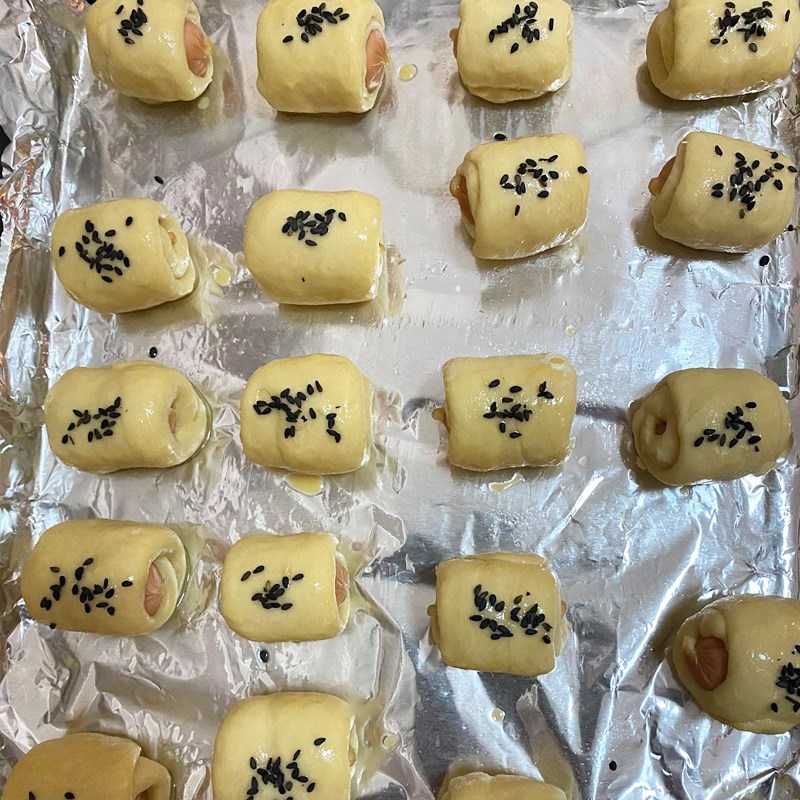
-
Final Product
Mini sausage roll bread, small and cute, with a golden crust. Each piece of bread is chewy and soft, with a sweet and fatty flavor that blends perfectly with the savory sausage, delicious to the point of ecstasy.


Tips for Successful Execution
- If you are not using instant dry yeast, you must activate the yeast with warm milk at 35 – 40 degrees Celsius, stir well, and let it sit for 5 – 10 minutes until the yeast expands to form a texture similar to crab bricks. It should not be hotter as it will kill the yeast or weaken its activity.
- For sweet bread, use golden dry yeast instead to help the bread taste better after baking.
- You need to knead correctly so that the dough quickly forms gluten connections, resulting in chewy and soft bread after baking.
- You can freeze the dough after the first proofing. When needed, take it out to thaw and then proof a second time (the second proofing time will be a bit longer than usual) before baking as normal.
- In case the bread’s interior is yellow and not white: This is due to improper dough kneading or ingredients like eggs or butter that may affect the bread’s color.
- If the bread’s interior is dry after baking: This is due to baking for too long or the type of flour used having high water absorption. Therefore, during the kneading process, you need to be flexible and add milk to keep the dough soft and moist and improve the taste.
- When the bread has a strong yeast smell after proofing, it is because the yeast has been active in the dough for a long time, leading to the production of a lot of gas and causing the dough to have a strong yeast odor. Therefore, you should reduce the amount of yeast or pay attention to the second proofing time not to be too long.
- Store the bread in a sealed box/bag in a cool place. It can be used for about 2 – 3 days.
See more:
With the recipe shared above, TasteVN wishes you success in making 2 dishes of sausage rolls to make your family’s morning more diverse!

